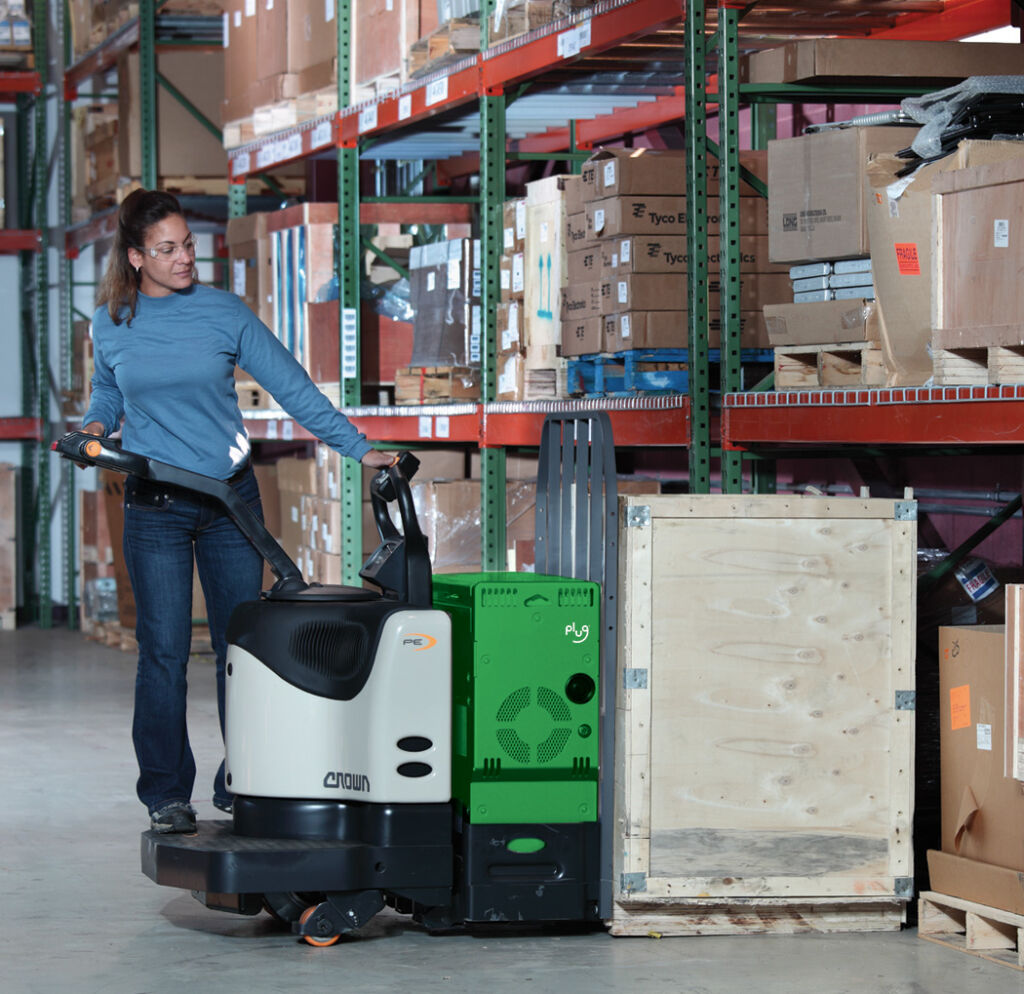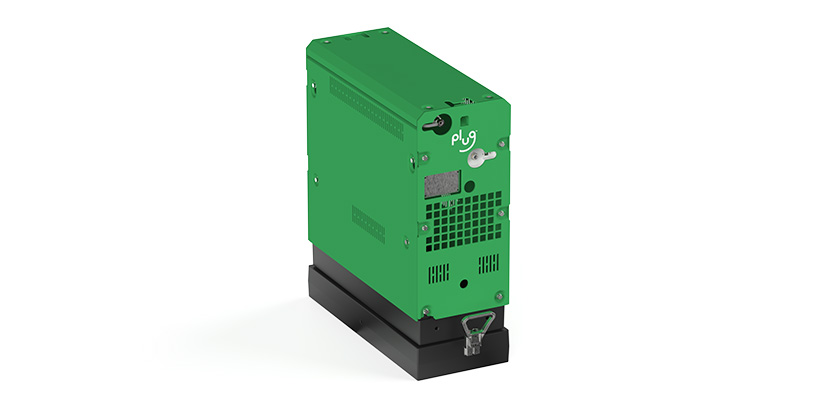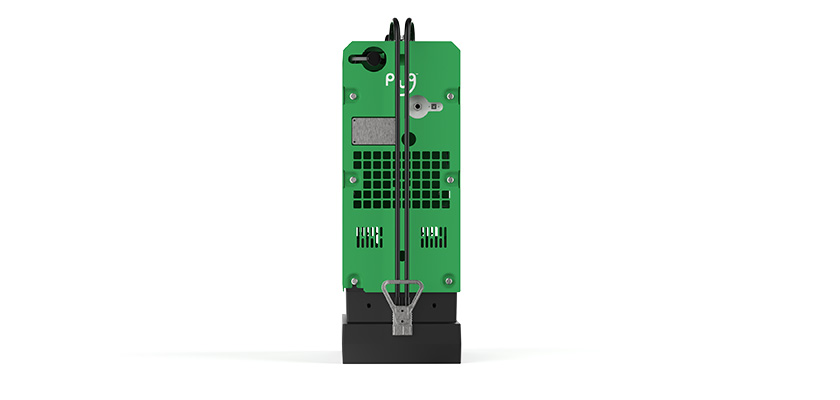Fuel Cell Benefits: 5 Facts You Should Know
Hydrogen fuel cells, non-emitting electrochemical power generating devices combining hydrogen and oxygen to produce electricity, have played and will increasingly play a crucial role in the global energy transition in response to climate change.

With a variety of applications, fuel cell technology enables electricity production for anything ranging from commercial vehicles and at ports, and from stationary back-up power for microgrids to hydrogen fuel cells-powered forklifts driving warehouse efficiencies.
Here are five quick takeaways drilling down on why fuel cells will fuel the future in a variety of venues.
Benefit 1: Zero-Emission Power
Specifically, Plug utilizes and manufactures proton exchange membrane (PEM) fuel cell devices, with mid-range temperature functionality, offering power production opportunities across a wide range of use cases and product offerings. For fuel cells 101, check out the video below.
Superseding all fuel cell benefits are their trump card: They do not emit greenhouse gasses nor other co-pollutants into the atmosphere, but instead benign by-products such as heat and water. With governments, the private sector, investors and stakeholders all aiming for mid-century “net zero” emissions targets, fuel cells’ ability to yield non-emitting electricity in hard to decarbonize and energy-intensive sectors is of paramount importance.
And unlike batteries, fuel cells do not require storage of toxics like battery acid, an increasingly large global environmental justice issue as that technology scales. As Plug CEO Andy Marsh said in July 2022 Senate testimony, “Environmental justice is a fundamental tenet” for Plug because those communities bear “the brunt of climate change, toxic pollution, [and] adverse health effects.”
Some of Plug’s zero-emission fuel cell applications in recent years have included backup power generation for Southern Linc’s telecommunications network and a major Northern California winery, materials handling equipment such as forklifts within warehouses, as well as drones, delivery fleet vehicles, ground support vehicles at airports and other related settings, among others. Plug’s fuel cell technology within the e-mobility segment can help to reduce “middle mile” emissions, 57% of greenhouse gas emissions within U.S. transportation.
For more on the transportation emissions mitigation benefits fuel cell vehicles can usher in, check out this fact sheet published by the Fuel Cell & Hydrogen Energy Association.

Benefit 2: Robust Reliability
Plug’s fuel cells also have a proven operational track record within tough conditions.
This has occurred particularly within bone-chillingly cold environments like warehouses requiring freezer technology to ensure maximum product freshness for their customers. Unlike batteries, whose power capacity decays and eventually completely degrades as temperatures lower, our technology can still prosper under such duress.
For example, FreezPak — an industry leader for the pre-retail market storage of frozen foods and dry foods — uses Plug’s hydrogen fuel cell-powered forklifts amid temperatures hitting -22°F within its warehouses. With battery-powered devices facing speed diminishments of 14% during the last half of their charging lives, the amount of time saved from not having to charge combined with full-scale functionality even amid Arctic-like temperatures equals $900,000 in annual savings for the typical 200-forklift warehouse.
On the other extreme is humidity-causing hurricanes. Amid Hurricane Michael in 2018, we provided 49 fuel cells, swiftly providing electricity amid massive regional grid damage. In all, Plug provided over 2,390 run-hours of backup power and two sites ran continuously for over 15 days.
Beyond these weather extremes, Plug has also stood ready as a back-up power provider for utilities, railroad switchboards, and telecommunications providers, among others.

Benefit 3: Improved Efficiency
With energy efficiency levels running between 40% to 60%, fuel cells defeat incumbent combustion engines, which maintain 25% energy efficiency levels. When it comes to warehouses, fuel cells can boost productivity by 15% when replacing batteries. This all amounts to warehouse productivity for fuel cell forklifts and extended electric vehicles mileage ranges. As mentioned earlier, fuel cells’ durability also increases long term efficiency.
According to U.S. Department of Energy analysis, “Fuel cells are the most energy efficient devices for extracting power from fuels.”
But even as fuel cells boost efficiencies accelerate productivity as a by-product, they also enhance robustness, another vital fuel cell metric.
For robustness, essentially finding a technology’s operational sweet spot, Plug’s engineers have concluded that fuel cells operate best when they are actually optimized for slightly lower efficiency levels than that for which they are technically capable. That’s because, in veering too close to a thermodynamics red line, this can shorten fuel cells’ lifetimes. And that actually means reduced efficiency and productivity in the long haul.

Benefit 4: Scalable
Technologies lacking finesse cannot meet wide-ranging customer needs.
Bearing that in mind, Plug creates drop-and-play custom-made fuel cell and electrolyzer configurations designed in a modular fashion as circumstances necessitate. At the same time, Plug engineers multiple modular fuel cell technologies, offering a wide range of applicable uses for the same equipment.
An example of modularity, Plug’s ProGen engines can empower van, heavy-haul trucks, and buses alike. And for custom-designed solutions cases in point, Plug has teamed up with robotics and drone producers to deploy more narrowly-tailored and individuated solutions.
Taken as a whole, Plug’s nimbleness with its fuel cells technology is its strongest asset, ensuring its smooth scaling both at the customer- and marketing-level. Whether it’s for on-road mobility, materials handling, or stationary power production, Plug designs fuel cells products possessing agility, ability, and scalability.

Benefit 5: Lower Operational Costs
Because fuel cells can proverbially “brave the elements,” as explained earlier, they foment inherent operational cost-savings and efficiencies. But compared to battery technology’s mobility modality, fuel cells also ax the charging time element, compounding those gains in further operational expenditure reductions.
Not only do fuel cell engines and devices top off fuel in three to four minutes, substantially reducing vehicle downtime, but they also perform at mileage ranges 22% higher on average compared to battery-powered ones. By contrast, battery-powered vehicles can take 20 minutes to an hour during a designated “fast charge,” or seven to 20 times that of their fuel cell vehicles counterparts.
Translated, this means more time doing productive work and less time refueling when using fuel cells technology. As the old adage goes: time is money.
The Future with Fuel Cells
These five differentiated benefits of hydrogen fuel cells provide the potential to remake the global energy landscape as we know it, with Goldman Sachs projecting that green hydrogen will provide 25% of global energy output by 2050. Clearly then, fuel cells sit at the nexus of today’s fossil fuel-laden energy landscape and the greener and more sustainable future.
For a more in-depth look at Plug’s far-reaching fuel cell applications, check out our previous blog examining the wide gamut of usage case studies our technology has propelled. And to learn more about how Plug’s fuel cell products can amplify your operations, please contact us to inquire further!
The post Fuel Cell Benefits: 5 Facts You Should Know first appeared on Plug Power.
The post Fuel Cell Benefits: 5 Facts You Should Know appeared first on Plug Power.